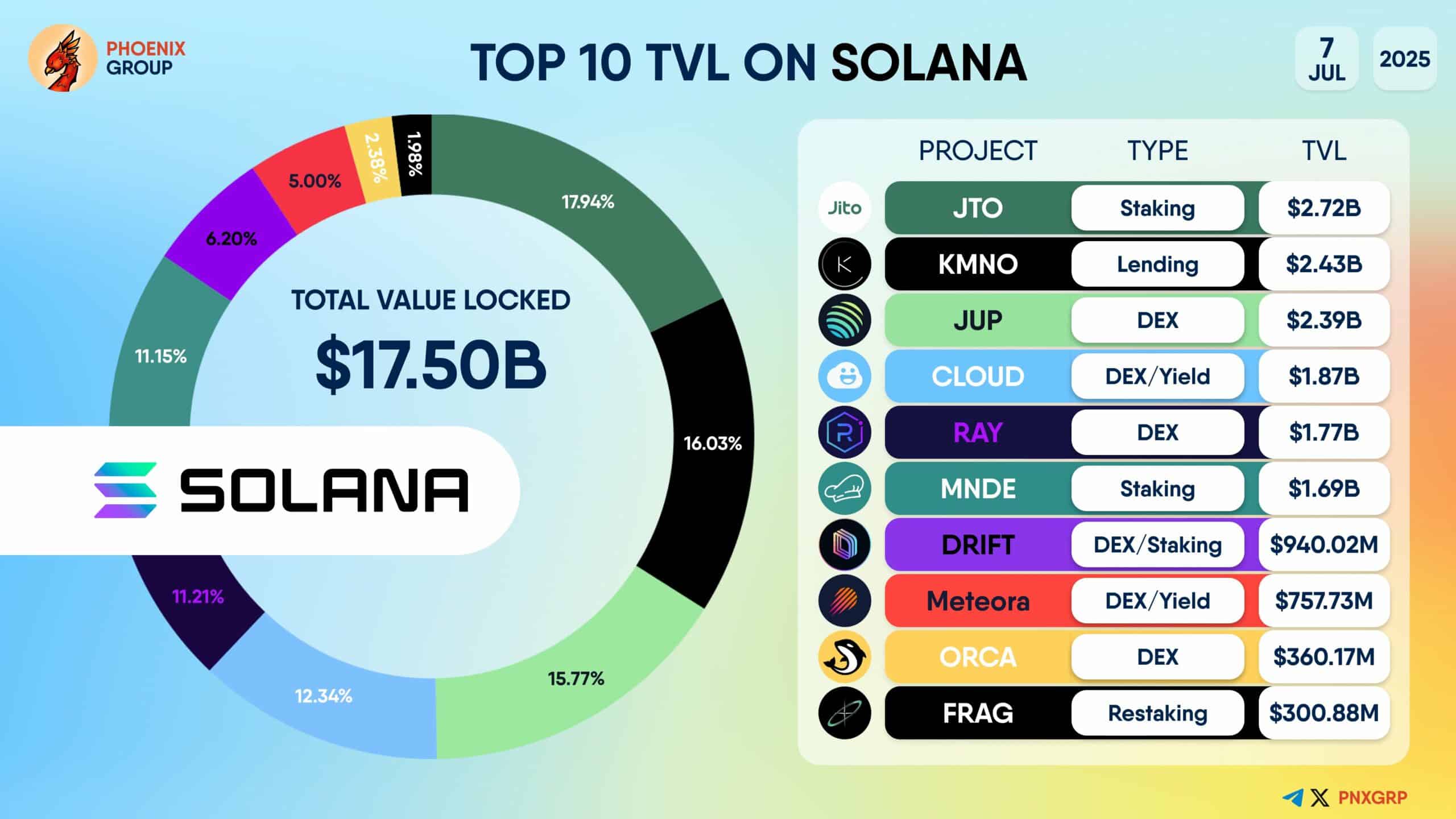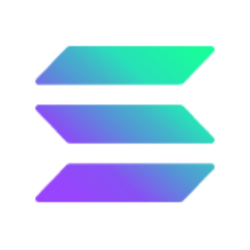Solana is rapidly becoming the leading blockchain for tokenized real-world assets (RWAs) due to its unmatched transaction speed and minimal fees, enabling practical fractional ownership and institutional adoption.
-
Solana hosts over $500 million in tokenized RWAs, marking a 200% growth in 2025 alone.
-
Its Token-2022 program integrates legal compliance directly into digital assets, enhancing institutional trust.
-
BlackRock’s expansion of its tokenized treasury fund onto Solana signals growing confidence from traditional finance.
Discover how Solana’s speed and low fees are driving explosive growth in tokenized real-world assets. Stay informed with COINOTAG’s expert insights.
Why is Solana the Preferred Blockchain for Tokenized Real-World Assets?
Solana’s blockchain offers unparalleled speed and extremely low transaction costs, making it ideal for tokenizing physical assets. This enables high-frequency trading and fractional ownership of assets like real estate and securities, which were previously impractical on slower networks. The Token-2022 extensions further embed compliance features, such as automatic identity verification and dividend payments, directly into tokens, appealing to institutional investors who prioritize regulatory adherence.
How Does Solana’s Token-2022 Program Enhance Legal Compliance?
The Token-2022 standard allows developers to program legal rules into tokens, automating processes like identity checks and interest distributions. This innovation reduces the friction of regulatory compliance, a critical barrier for real-world asset tokenization. By embedding these features on-chain, Solana bridges the gap between traditional legal frameworks and blockchain technology, fostering trust among financial institutions.
What Types of Real-World Assets Are Being Tokenized on Solana?
The Solana ecosystem is diversifying tokenized assets beyond digital currencies, including:
- Real Estate: Platforms like Homebase fractionalize apartment buildings into $100 NFT shares, distributing rental income directly to holders under U.S. securities regulations.
- Institutional Finance: Ondo Finance’s treasury-backed stablecoin USDY and Apollo Global’s ACRED credit fund offer high-yield investment opportunities integrated into DeFi protocols.
- Stocks and Collectibles: Remora mints shares of major companies like Tesla and Apple as SPL tokens, while AgriDex and Baxus digitize agricultural assets and rare spirits.
How Does Solana Compare to Ethereum in the RWA Market?
| Feature | Solana | Ethereum |
|---|---|---|
| Transaction Speed | Blistering (>50,000 TPS) | Slow |
| Transaction Cost | Practically Nothing | High |
| RWA Market Share | ~4.2% (and sprinting) | ~58.4% (Dominant, but slowing) |
| Recent Growth (30-day) | 14.6% | 3.6% |
| Edge | Raw performance & low fees | Deep roots & institutional trust |
What Legal and Technical Challenges Do Tokenized RWAs Face on Solana?
Despite rapid growth, tokenized RWAs on Solana face significant hurdles:
- Enforcement Gap: Blockchain transactions are final, but legal ownership updates (e.g., property deeds) require off-chain processes, often managed through Special Purpose Vehicles (SPVs) to navigate complex jurisdictional laws.
- Oracle Reliance: Real-world data feeds like Pyth Network and Chainlink provide essential price information, but inaccuracies risk triggering wrongful liquidations across DeFi platforms.
- Legal Disputes: Smart contracts cannot resolve disputes over asset conditions or ownership; traditional legal agreements remain necessary to manage conflicts.
How Do Tokenized Assets Impact the SOL Token’s Value?
Tokenized real-world assets fuel Solana’s DeFi ecosystem by serving as collateral and generating yield, which increases transaction volume and fees paid in SOL. This creates a feedback loop where growing asset utility drives SOL demand and staking, strengthening network security and value. Recently, Solana’s Total Value Locked (TVL) in DeFi reached record highs, reflecting this dynamic.

What Does the Future Hold for Solana and Tokenized Real-World Assets?
As Wall Street’s assets increasingly migrate on-chain, Solana’s combination of speed, low fees, and compliance-ready token standards positions it as a prime platform for the trillion-dollar tokenization market. While legal and technical challenges persist, growing institutional participation and ecosystem maturity suggest Solana is not just a participant but a leader in this evolving financial landscape.
Frequently Asked Questions
What are tokenized real-world assets on Solana?
Tokenized real-world assets on Solana are digital representations of physical assets like real estate, stocks, or commodities, secured on the blockchain to enable fractional ownership and seamless trading.
How does Solana ensure compliance for tokenized assets?
Solana’s Token-2022 program embeds legal rules such as identity verification and dividend payments directly into tokens, helping projects meet regulatory requirements efficiently.
Why is Solana growing faster than Ethereum in RWAs?
Solana’s superior transaction speed and minimal fees make it more suitable for high-frequency trading and fractional ownership, attracting new projects and institutional investors at a faster rate.
Key Takeaways
- Solana’s speed and low fees make it ideal for tokenizing real-world assets, enabling practical fractional ownership.
- Token-2022 extensions embed compliance features directly into tokens, attracting institutional investors.
- Legal and technical challenges remain, but growing institutional adoption signals strong future potential.
Conclusion
Solana is rapidly emerging as a dominant force in the tokenized real-world asset space by combining blazing transaction speeds, minimal fees, and innovative compliance tools. While navigating complex legal landscapes remains a challenge, the blockchain’s expanding ecosystem and institutional endorsements position it to lead the next wave of digital finance innovation.
